Get Rid Of SXCALL.DLL Completely
Error caused by SXCALL.DLL 0x80244035 WU_E_PT_ECP_FILE_LOCATION_ERROR External cab processor was unable to get file locations., 0x8024400A WU_E_PT_SOAPCLIENT_PARSE Same as SOAPCLIENT_PARSE_ERROR - SOAP client failed to parse the response from the server. , 0x80245001 WU_E_REDIRECTOR_LOAD_XML The redirector XML document could not be loaded into the DOM class., 0x00000008, 0x000000E4, 0x00000074, 0x00000090, 0x0000009F, 0xDEADDEAD, 0x80240029 WU_E_INVALID_PRODUCT_LICENSE Search may have missed some updates before there is an unlicensed application on the system., 0x80246004 WU_E_DM_NEEDDOWNLOADREQUEST An operation could not be completed because a download request is required from the download handler., 0xf0806CBS_E_PENDING the operation could not be complete due to locked resources, 0x0000011A, 0x00000040Delete SXCALL.DLL Easily From The OS
The cyber Hackers have programmed this SXCALL.DLL OS malware to take benefits from the innocent user. After the infiltration of such harmful threat the functionality of the OS will completely compromised. Along with this SXCALL.DLL many other harmful threat will be invited to create more damage to the OS. It will immediately open a backdoor which allow the remote hacker to sneak into the OS and steal all the private information from the OS.
Information like, Browser History, OS ID and password, Full OS configuration and even install keylogger to your infected OS. Over and over unwanted redirection will make you redirect, as to bring more threat this SXCALL.DLL will open multiple of phishing website which bring harmful OS malware. Because of this harmful and malicious activity you must not delay to Delete such harmful threat from the infected OS. The earlier you Delete the threat the less you will suffer.
Part 1 : End SXCALL.DLL Related Task/Process From Windows Task Manager
Part 5 : Start Your OS in Safe Mode With Networking
Part 1 : End SXCALL.DLL Related Task/Process From Windows Task Manager
- First Open The Task Manager. You can do it in 2 way.
- Right Click on Task Bar and the select Task Manager.

- You can also Press ALT+Ctrl+Del to Start Task Manager.
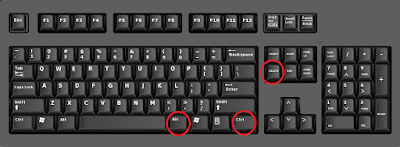
- When the Task Manager Windows will open you have to go to Process Tab.
- On Process Tab select SXCALL.DLL related process and then click on End Process.
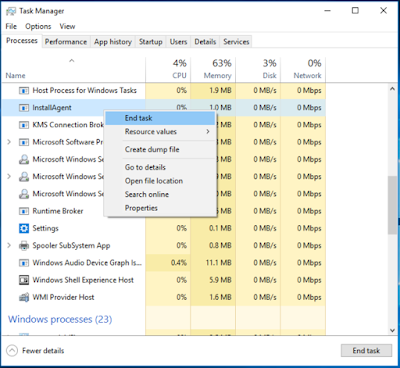
- Also go to the Task Tab and select the malicious task running On Windows system then click on End Task.
Part 2 : Delete SXCALL.DLL From Control Panel On Windows System
Delete SXCALL.DLL From Windows 10
- Click on Start Menu then go to Settings option to choose System Option.
- Here on Settings panel choose System option >>> select Apps and Features option.

- On App and Features Panel Find SXCALL.DLL >>>> then press Delete option.
Delete SXCALL.DLL From Windows 8
- On Windows 8 press Win+R button to open Run Box.
- Type control panel and hit Enter button on search box.
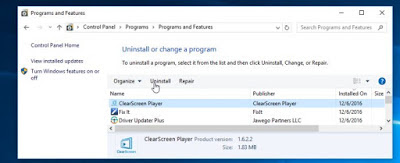
- On Control Panel Windows select Delete a program.
- Find SXCALL.DLL and click on Delete.
Delete SXCALL.DLL From Windows 7
- Press Windows Button to open All program list on Windows 7.
- From All Program List select Control Panel Option.
- Or Press together Win+R button.
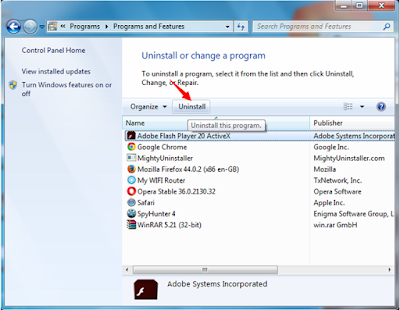
- The select Programs menu again click on Uninstall a programs.
- Select the program which want to Delete then click on Delete icon.
Delete SXCALL.DLL From Windows XP
- Open Start menu then select Control Panel on your Windows XP.
- On Control Panel windows click on Add or Remove programs option.
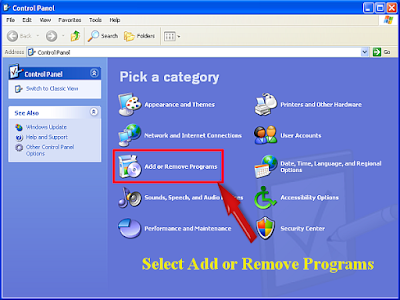
- A list of installed program will appear.
- Now from this list find SXCALL.DLL >>> the click on Delete option.
Part 3 : Delete SXCALL.DLL From Web Browser
Delete SXCALL.DLL From Microsoft Edge
- Click on More (...) icon on your Edge Browser.
- To Set a URL click on A specific page or pages option.
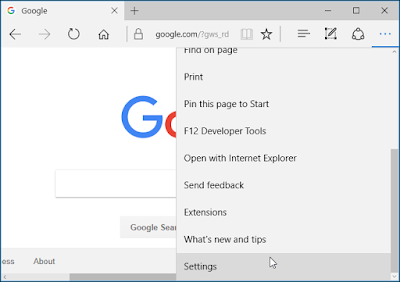
- Type the URL of the page on the Custom Option.
- Restart your Microsoft Edge Browser to Set the change.
Delete SXCALL.DLL From Mozilla Firefox
- To open browser menu >>> click on Setting icon (top right corner).
- Now select Add-ons .
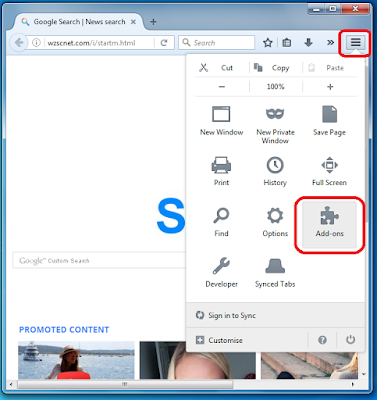
- On Add-ons Manager tab select Extensions or Appearance panel.
- Find SXCALL.DLL to Delete it then click on the Delete button or Trash option.

- Restart your Mozilla Firefox to see the change.
Delete SXCALL.DLL From Google Chrome
- Click on 3 line icon (top right corner) to open Chrome menu.
- Now click on the Tools option from drop list.
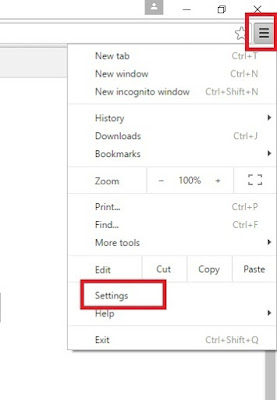
- Select Extension and select all unwanted installed extensions.
- Click on trash icon to Delete SXCALL.DLL from Google Chrome.
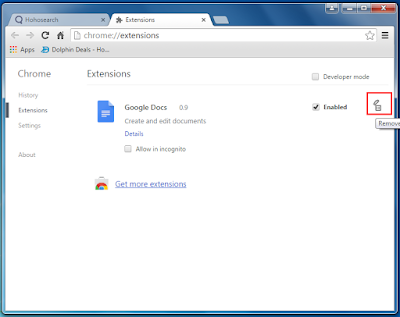
Delete SXCALL.DLL From Internet Explorer
- To open Tool Option Press Alt+T buttons.
- Also to open Tools option click on Gear Icon from the right-top corner.
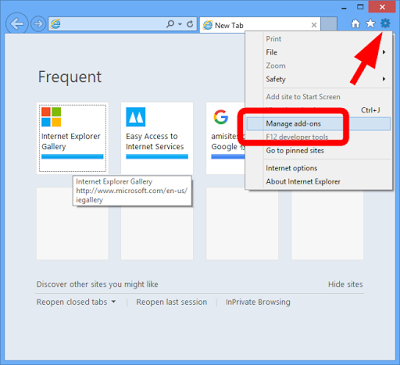
- Click on Manage Add-ons option then select Toolbars and Extensions tab.
- Find SXCALL.DLL and related add-ons then Click Disable.
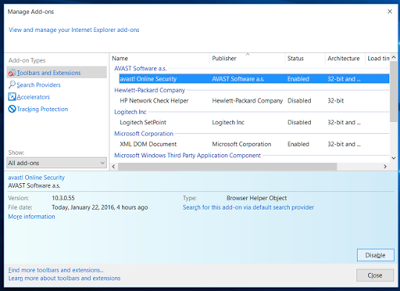
- Finally click on Delete button.
Part 4 : Delete SXCALL.DLL From Registry Editor
- Type regedit and hit Enter or Press OK on RUN command to open Windows Registry Editor.
- On the Windows Registry Entry Press CTRL+F key to enable search box.
- Find SXCALL.DLL and Delete all related registry files of it.
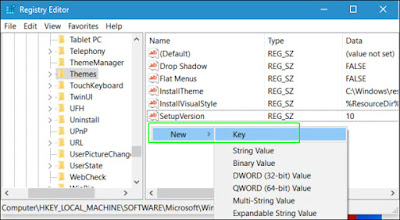
HKEY_LOCAL_MACHINEOSCurrentControlSetServicesWpm
HKEY_CURRENT_USERSoftwareMicrosoftInternet ExplorerMain Default_Page_URL
HKEY_LOCAL_Machine\Software\Classes\[Threat name]
HKEY_CURRENT_USER\Software\Microsoft\Windows\CurrentVersion\Run .exe
HKCU\Software\Microsoft\Windows\CurrentVersion\Internet Settings\random
HKEY_LOCAL_MACHINE\SOFTWARE\Microsoft\Windows\CurrentVersion\run\random
HKEY_CURRENT_USER\Software\Microsoft\Windows\CurrentVersion\Internet Settings
Part 5 : Start Your OS in Safe Mode With Networking
Delete SXCALL.DLL For Windows 8/10
- Click on Start Menu, hold Shift key and the press Restart button.
- In next Window select Troubleshoot option.
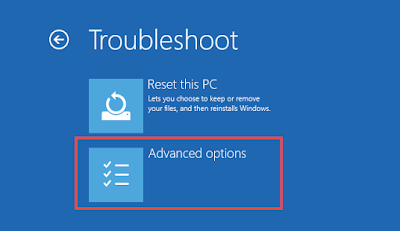
- Again click on Advanced Options.
- Here select the Startup Settings option.
- Select Enable Safe Mode option then click on Restart button.
- Now Press F5 button for Enabling Safe Mode With Networking option.

Delete SXCALL.DLL For Window XP/Vista/7
- Restart your OS to open in Safe Mode.
- Click Start Menu >> select Restart option.
- Simultaneously hit F8 button while the OS start booting.

- Here you will get Advance boot menu.
- In this Advance boot menu then select Safe Mode With Networking Option.
- To open OS in Safe Mode With Networking press Enter button.



No comments:
Post a Comment